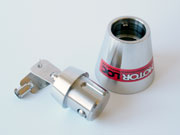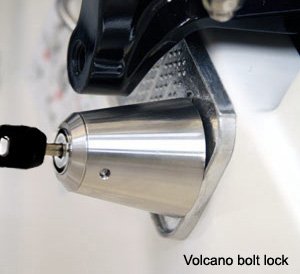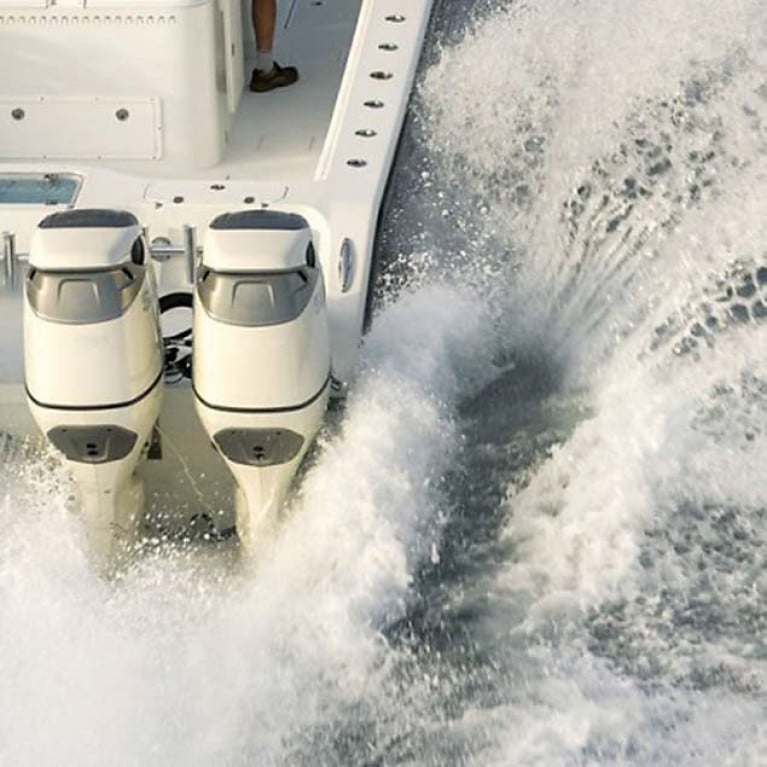Displaying items by tag: Outboard Motor
Outboard Motor Theft – Sadly an All to Frequent Occurrence
There can be little worse than heading out for a day's boating only to find someone has stolen your outboard motor, leaving you to deal with the loss, painful insurance issues, the costly excess or replacement of the engine and a ruined weekend. Thefts tend to occur in areas where there are significant accumulations of boats with outboards, for example, marinas and boating clubs; however, the problem is nationwide and can also occur in isolated regions.
Combatting Outboard Motor Theft
The more visibly secure an engine is, the less likely it is that a thief will attempt to take it. Given the reduced rates of recovery success, prevention is better than cure. The first step owners should take is to ensure the most secure and suitable anti-theft device for their engine is installed. Owners also need to ensure that their insurance policy wording relating to anti-theft devices are complied with in full, to avoid the possibility of a claim being invalidated due to failure to comply with all policy wordings. No outboard is insured unless it is locked on with an insurance approved lock.
INSURANCE APPROVED ENGINE LOCKS
O'Sullivan's Marine is now able to supply MOTORLOC insurance approved outboard locks to the Irish market.
Atlantic Slot Lock
The Atlantic Slot Lock is the most substantial insurance approved outboard motor lock and is available in four lengths: 170mm, 195mm, 230mm, 260mm; each with a 14mm slot. A high-security locking head (HSH) is supplied as is a black dust cap and a rubber liner. Design specifically for smaller, clamp-mounted outboard engines.
 Atlantic Slot Lock
Atlantic Slot Lock
These are for use where an outboard engine is attached using the engine's clamping bracket. The slot in the lock covers the two clamp heads making it nearly impossible for a potential thief to get access to them.

Choosing the right size: If you are unsure which Slot Lock you require, then measure across the width of your toggles once aligned up straight: If less than 150mm then an Atlantic 170 is required | If less than 160mm then an Atlantic 195 is required | If over 160mm then an Atlantic 230 is required | If above 190mm then an Atlantic 260 is required. Available from O'Sullivan's Marine, Co Kerry.
The Volcano
The Volcano Bolt Lock represents the pinnacle of insurance approved bolt lock development. It is now regarded by many in the industry as the best bolt lock on the market as it has been designed and built to resist removal by the most robust actions.
 Volcano Bolt Lock
Volcano Bolt Lock
For through-transom bolted engine installations
As two stroke outboard motors become rarer and new heavier four-stroke outboard engines take their place, many owners of 8hp engines and above sensibly choose to bolt the engine through the transom in a semi-permanent installation to protect from outboard motor theft.
The Volcano bolt lock is intended for use with through-bolts that are coach, countersunk or stepped, so that should a thief attack the head of the bolt and remove it, they will be unable to hammer the bolt shank through the existing hole.
 Volcano Bolt Lock
Volcano Bolt Lock
The Volcano bolt-lock for through-transom bolted outboard engines has a 13mm diameter hole in the body unit. A stainless steel reducing bush is available to cut the gap to 10mm.
Motorloc insurance approved locks are made from high grade (nickel/chrome marine 316) stainless steel, incorporating marine friendly lock mechanisms that perform well in a saltwater/marine environment - High-quality locks that will last. All available from O'Sullivan's Marine, Co Kerry.
OTHER SECURITY MEASURES FOR COMBATTING THEFT
Further security measures include marking the engine somewhere with your own unique mark such as your Eircode, taking photographs and installing a motion-activated surveillance camera (MASC), which are very discrete and inexpensive to buy and install. These automatically photograph and/or record any movement, and wireless cameras have made surveillance possible in remote areas where it was not possible in the past.
When storing a boat, ashore consideration should be given to general security, such as lighting and ensuring that recorded CCTV covers the appropriate part of the yard being used.
Finally, there is some evidence of smaller engines being stolen from boats while they are afloat, so a collective effort is required by all concerned to be observant and to report any suspicious activity immediately to the Gardai.
For further information or advice on Insurance Approved Engine Locks contact O'SULLIVAN'S MARINE on 066-7124524, or visit www.osmarine.ie.
For trade enquiries please email: [email protected]























